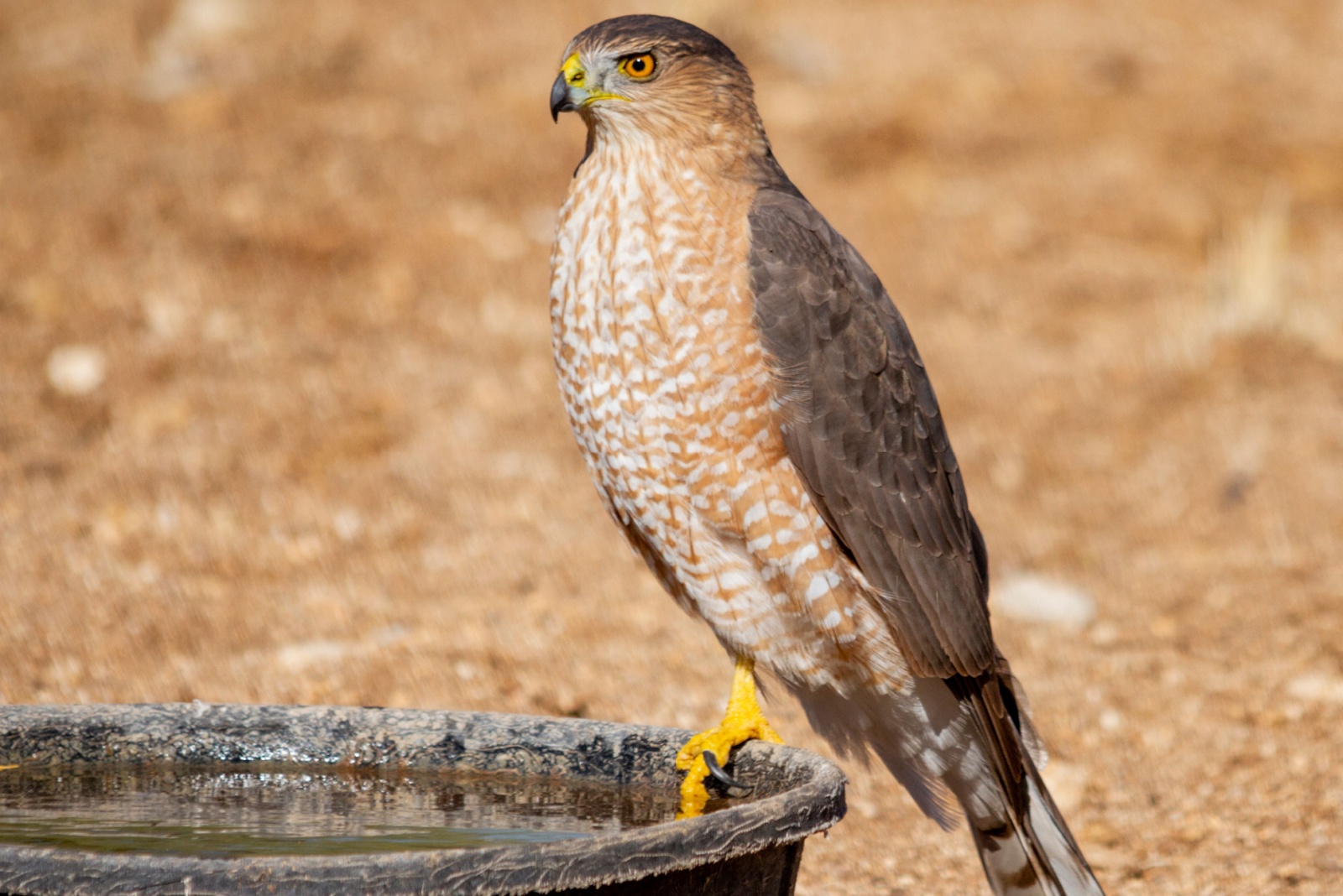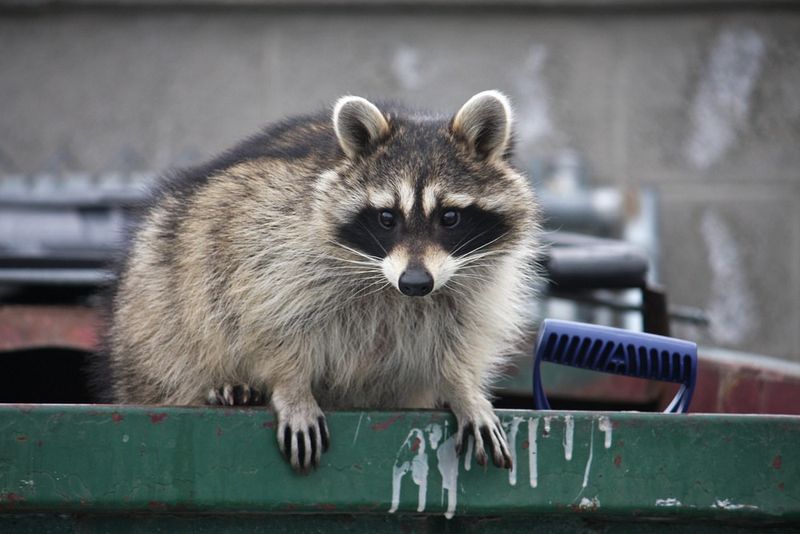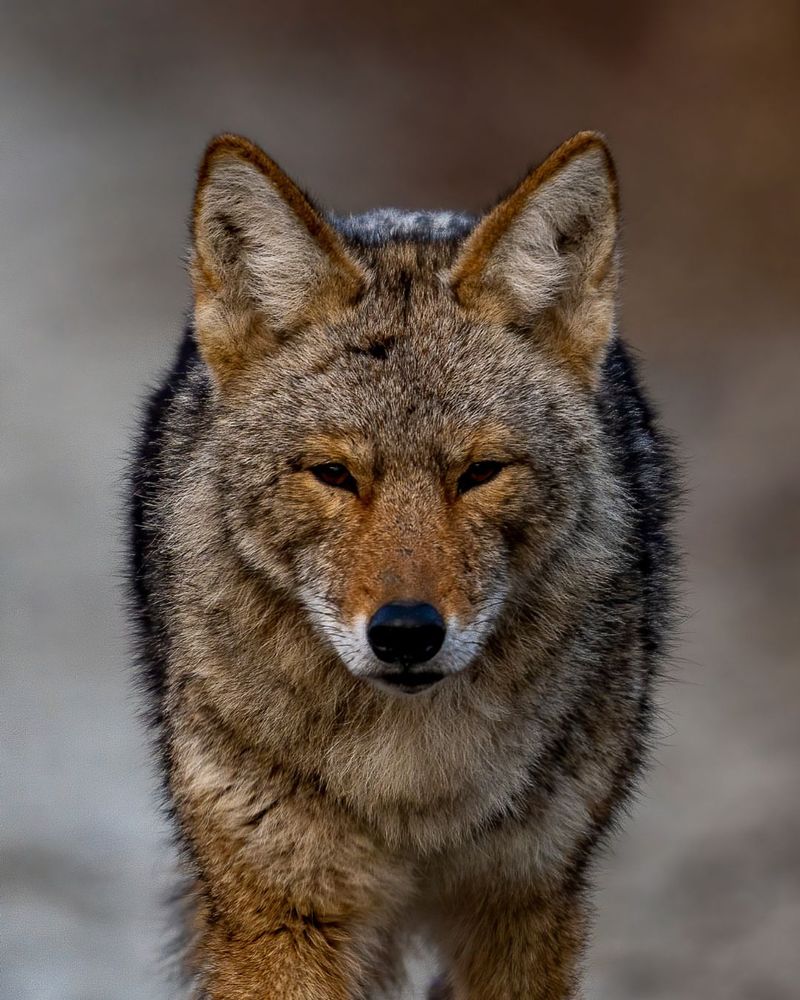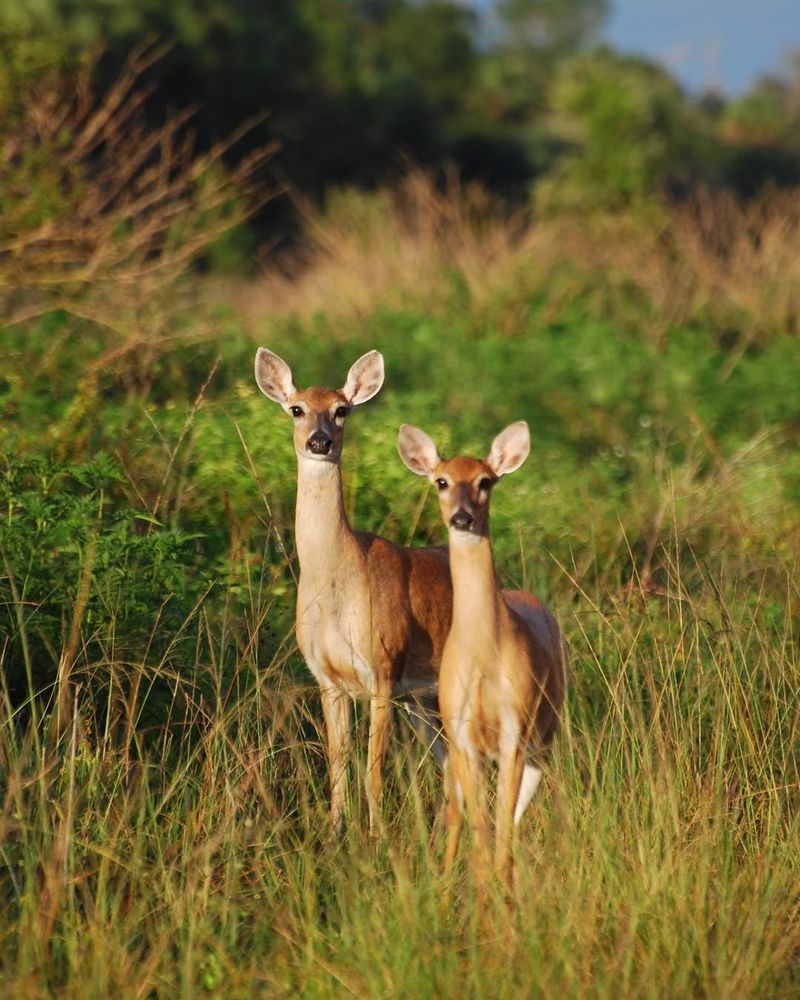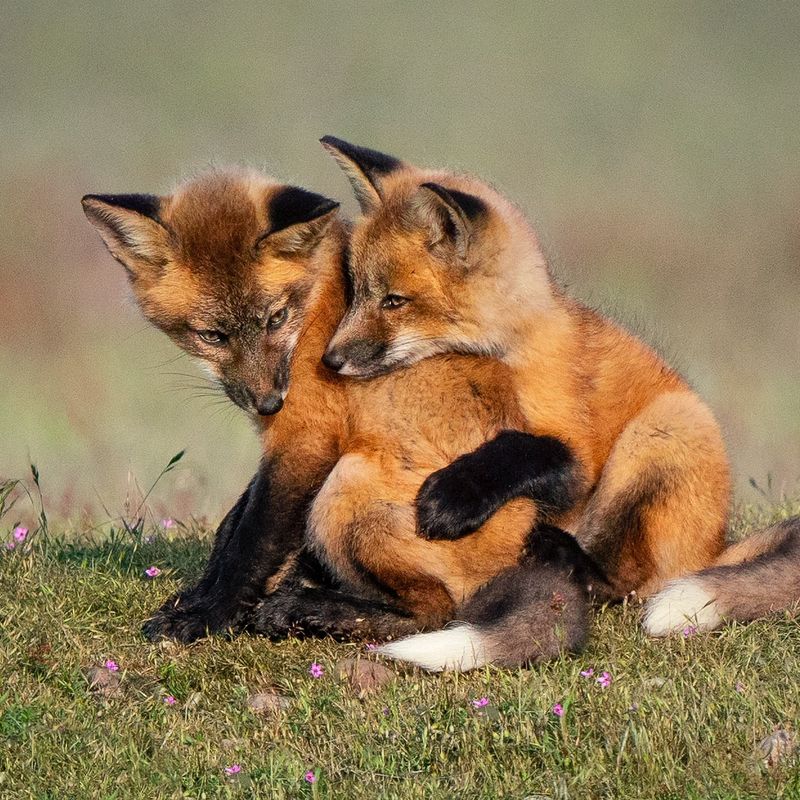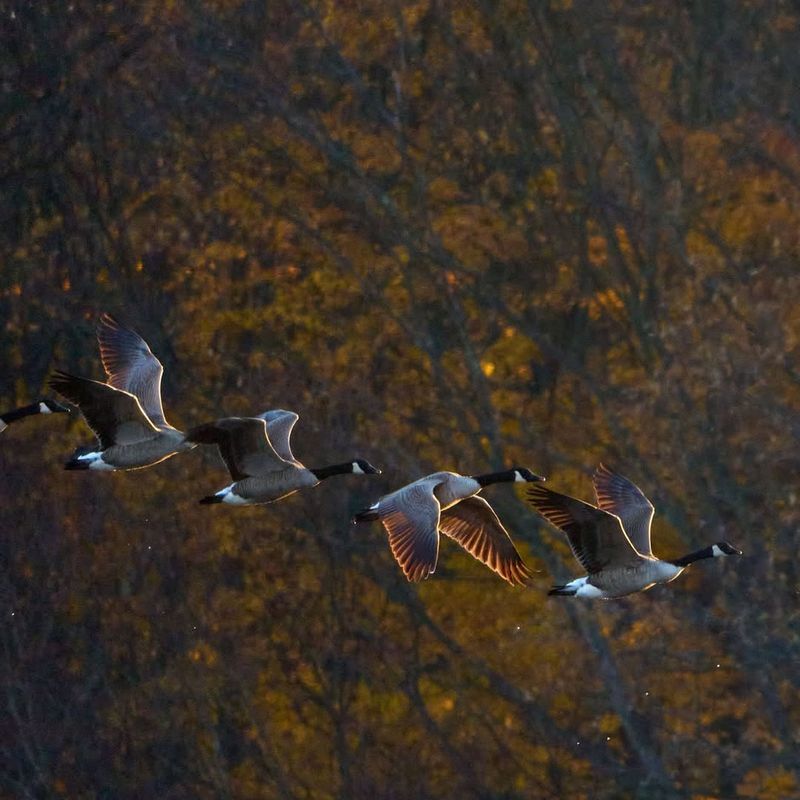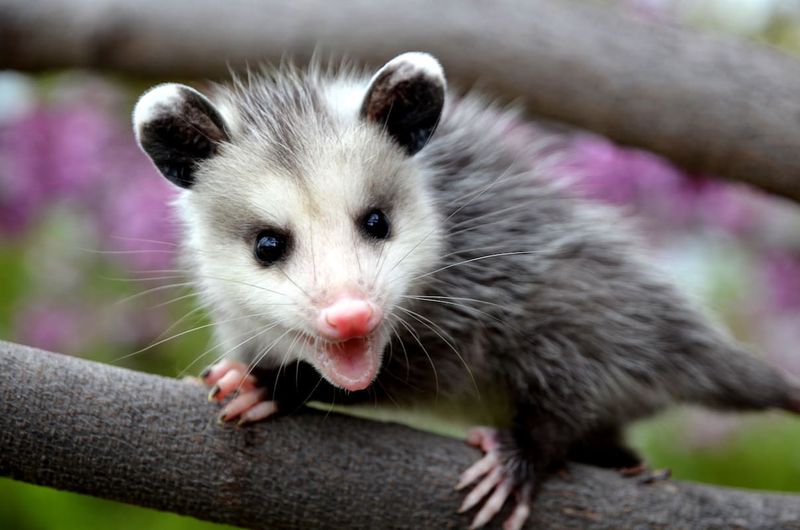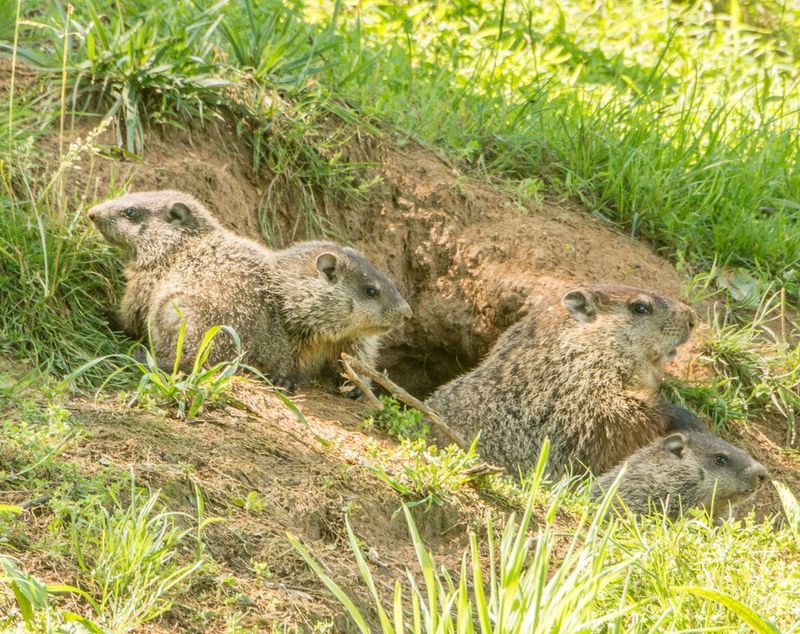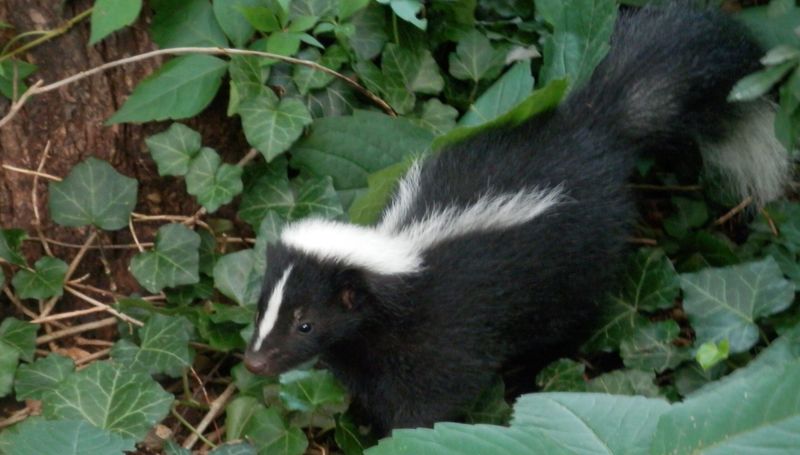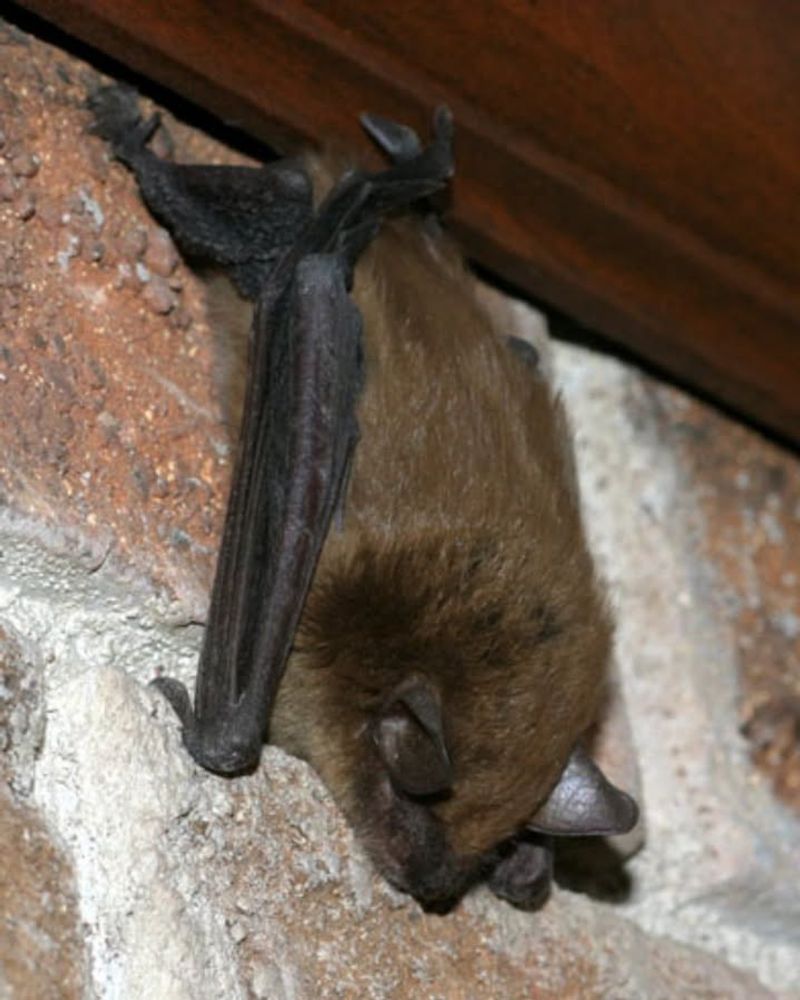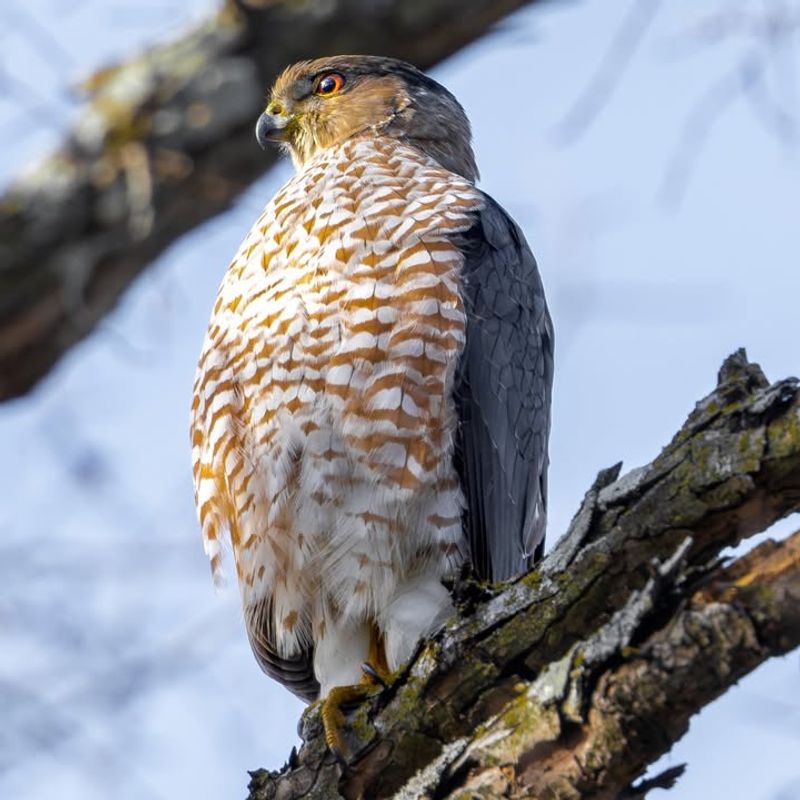Ohio’s cities are buzzing with more than just traffic and sidewalks—wildlife is finding new ways to call urban neighborhoods home. From clever scavengers to stealthy night wanderers, these animals have learned to thrive among backyards, parks, alleys, and even busy streets.
They’re adapting faster than most people realize, blending into city life while staying just out of sight. Many Ohioans are living closer to wild neighbors than they ever imagined.
1. Raccoons Raiding Your Garbage
With their bandit masks and nimble paws, raccoons have become expert Ohio city dwellers. They can open latches, unscrew lids, and remember where the best food sources are located for years.
Most active after sunset, these clever mammals often make dens in attics, chimneys, or under porches. Keep trash cans secured with bungee cords and never leave pet food outside overnight to discourage visits from these resourceful nighttime neighbors.
2. Coyotes Prowling Urban Parks
Once confined to rural Ohio areas, coyotes now roam Columbus, Cleveland, and Cincinnati parks regularly. Their adaptability allows them to hunt small rodents and rabbits that thrive near human developments.
Usually shy around people, coyotes hunt mainly at dawn and dusk but occasionally appear during daytime. If you spot one, make yourself look big, yell loudly, and back away slowly while maintaining eye contact to discourage any curious approach.
3. White-Tailed Deer In Suburbs
Suburban Ohio gardens provide perfect buffets for deer seeking tender plants and vegetables. These graceful animals have learned that neighborhoods offer food without many natural predators.
A single deer can eat up to eight pounds of vegetation daily, destroying landscaping quickly. Fencing at least eight feet tall or planting deer-resistant species like lavender and daffodils helps protect your garden while coexisting peacefully with these beautiful but hungry visitors to your yard.
4. Red Foxes Hunting Near Homes
Sporting gorgeous rusty coats and bushy tails, red foxes control rodent populations around houses and businesses. Their cat-like hunting style involves pouncing on prey from above.
Foxes typically avoid humans and pose little danger to people. They sometimes den under sheds or decks during breeding season in spring, raising adorable kits that tumble and play. Block access to crawl spaces if you prefer they find another nursery location.
5. Canada Geese Taking Over Ponds
Honking loudly as they fly overhead, Canada geese have claimed nearly every Ohio city pond, lake, and golf course. Their droppings create messy problems for parks and walkways.
Once migratory, many geese now stay year-round thanks to plentiful grass and open water. A single goose produces up to three pounds of droppings daily! Communities use border collies, egg addling, and landscaping changes to manage populations humanely without harming these protected waterfowl.
6. Opossums Wandering Backyards
North America’s only marsupial, opossums look unusual with their hairless tails and pink noses. Despite their sometimes scary appearance when hissing, they’re actually quite harmless and beneficial.
Opossums eat ticks, cockroaches, and other pests while wandering Ohio neighborhoods after dark. They rarely carry rabies due to low body temperature. When threatened, they may play dead convincingly, lying motionless with tongue hanging out until danger passes by completely.
7. Groundhogs Digging Under Structures
Also called woodchucks, groundhogs excavate extensive tunnel systems beneath sheds, porches, and foundations. Their digging skills are impressive but can undermine structural stability.
Watch for large dirt mounds with entrance holes about ten inches wide. Groundhogs hibernate in winter and emerge around February, which inspired Groundhog Day traditions. Install L-shaped barriers buried twelve inches deep extending outward to prevent them from tunneling under important structures successfully.
8. Skunks Spraying In Neighborhoods
Famous for their defensive spray, skunks actually prefer avoiding confrontation. They stomp their feet and raise their tails as warnings before spraying.
Skunks dig small cone-shaped holes in Ohio lawns while searching for grubs and insects at night. They often den under porches during colder months. Motion-activated lights and securing potential den sites before breeding season discourage skunks from settling too close to your home’s foundation.
9. Bats Roosting In Attics
Ohio’s bat species consume thousands of mosquitoes and crop-damaging insects nightly, providing valuable pest control. Unfortunately, they sometimes choose attics as summer nursery colonies.
Never handle bats directly due to rabies risk. Exclusion devices allow bats to leave but not return, installed after babies can fly in late summer. Bat houses mounted on poles offer alternative roosting spots, keeping these beneficial mammals nearby while protecting your home.
10. Cooper’s Hawks Hunting Songbirds
Fierce hunters with piercing yellow eyes, Cooper’s hawks have discovered that Ohio backyard bird feeders attract easy prey. Their incredible agility allows them to chase songbirds through dense branches.
Seeing a hawk strike can be startling, but they’re simply filling their ecological role. If hawk visits become frequent, temporarily remove feeders for a week so the hawk hunts elsewhere. Place feeders near dense shrubs giving smaller birds escape cover.

